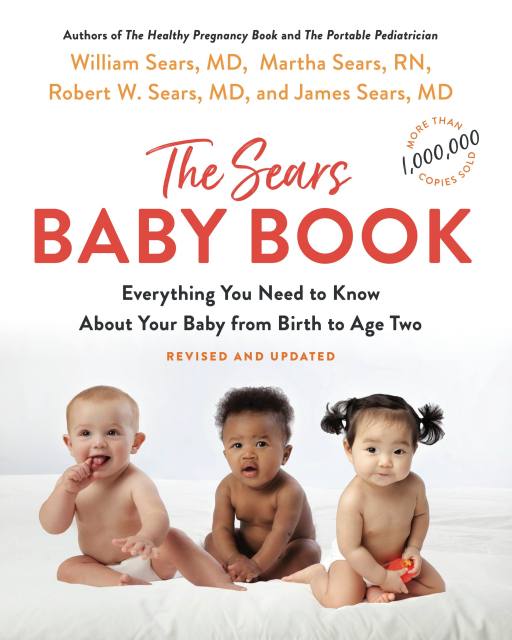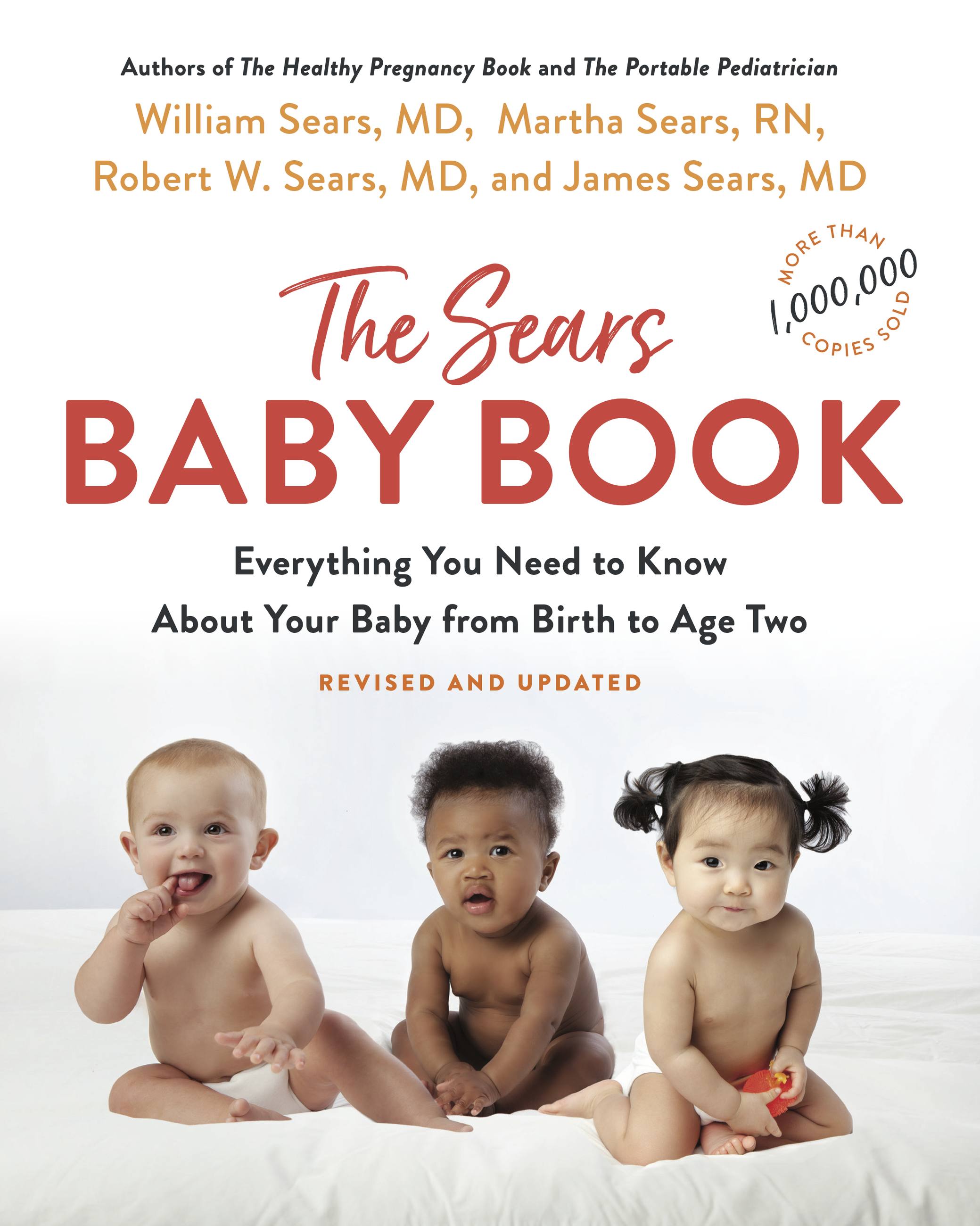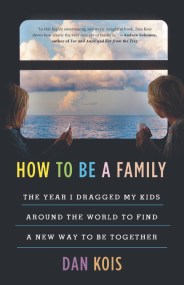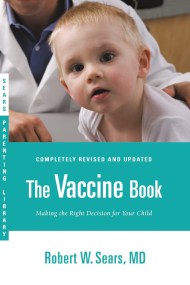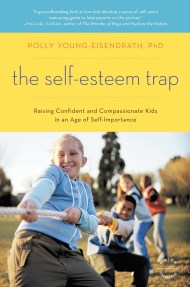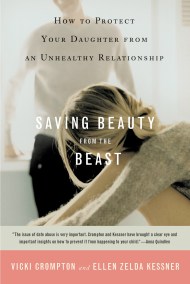Promotion
Use code MOM24 for 20% off site wide + free shipping over $45
The Sears Baby Book
Everything You Need to Know About Your Baby from Birth to Age Two
Contributors
Formats and Prices
Price
$24.99Price
$30.99 CADFormat
Format:
- Trade Paperback (Revised) $24.99 $30.99 CAD
- ebook $12.99 $16.99 CAD
- Audiobook Download $65.00 $82.00 CAD
- Audiobook Download $49.99
This item is a preorder. Your payment method will be charged immediately, and the product is expected to ship on or around December 6, 2022. This date is subject to change due to shipping delays beyond our control.
Also available from:
Revised and expanded: America's bestselling "baby bible" –– an encyclopedic guide to the first two years of your baby's life.
The million-copy bestseller by “the man who remade motherhood” (TIME) has now been revised, expanded, and bought thoroughly up-to-date — with the latest information on prenatal vitamins, breastfeeding practices, daycare, midwifery, hospital births, preventing and overcoming postpartum depression, and infant development.The Searses draw from their vast experience both as medical professionals and parents to provide comprehensive information on virtually every aspect of infant care. The Sears Baby Book focuses on the essential needs of babies — eating, sleeping, development, health, and comfort — as it addresses the questions of greatest concern to today's parents. The topics covered include:
- Preparing for a safe and healthy birth
- Bonding with your baby
- Feeding your baby
- Soothing your fussy baby
- Getting your baby to sleep
- Understanding your baby’s development
- Treating common illnesses
- Babyproofing your home
- Understanding toddler behavior
- Dealing with temper tantrums
- Toilet training
- Working parenting
- First-aid procedures
- and much more
Unrivaled in its scope and authority, The Sears Baby Book presents a practical, contemporary approach to parenting that reflects the way we live today. This is a rich and invaluable resource offering the basic guidance and inspiration you need to get the most out of parenting — for your child, yourself, and for your entire family.
Genre:
- On Sale
- Dec 6, 2022
- Page Count
- 784 pages
- Publisher
- Little Brown Spark
- ISBN-13
- 9780316387965
Newsletter Signup
By clicking ‘Sign Up,’ I acknowledge that I have read and agree to Hachette Book Group’s Privacy Policy and Terms of Use
